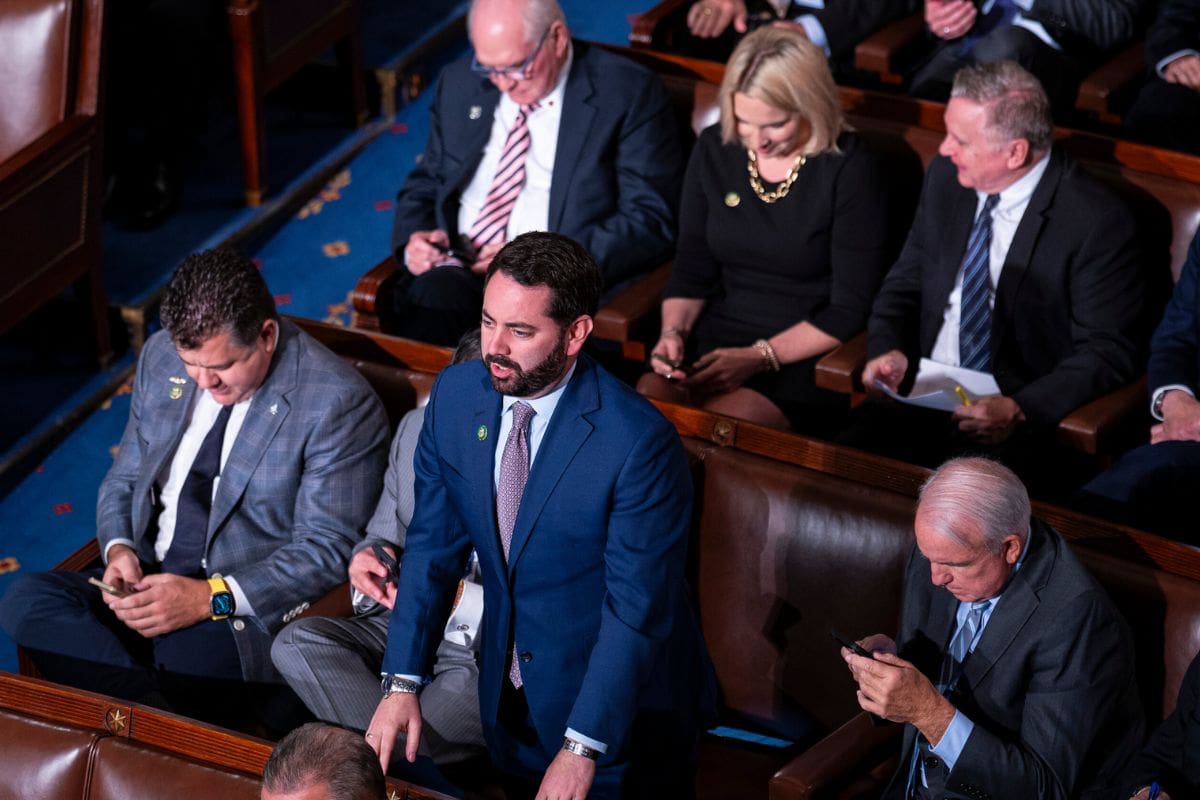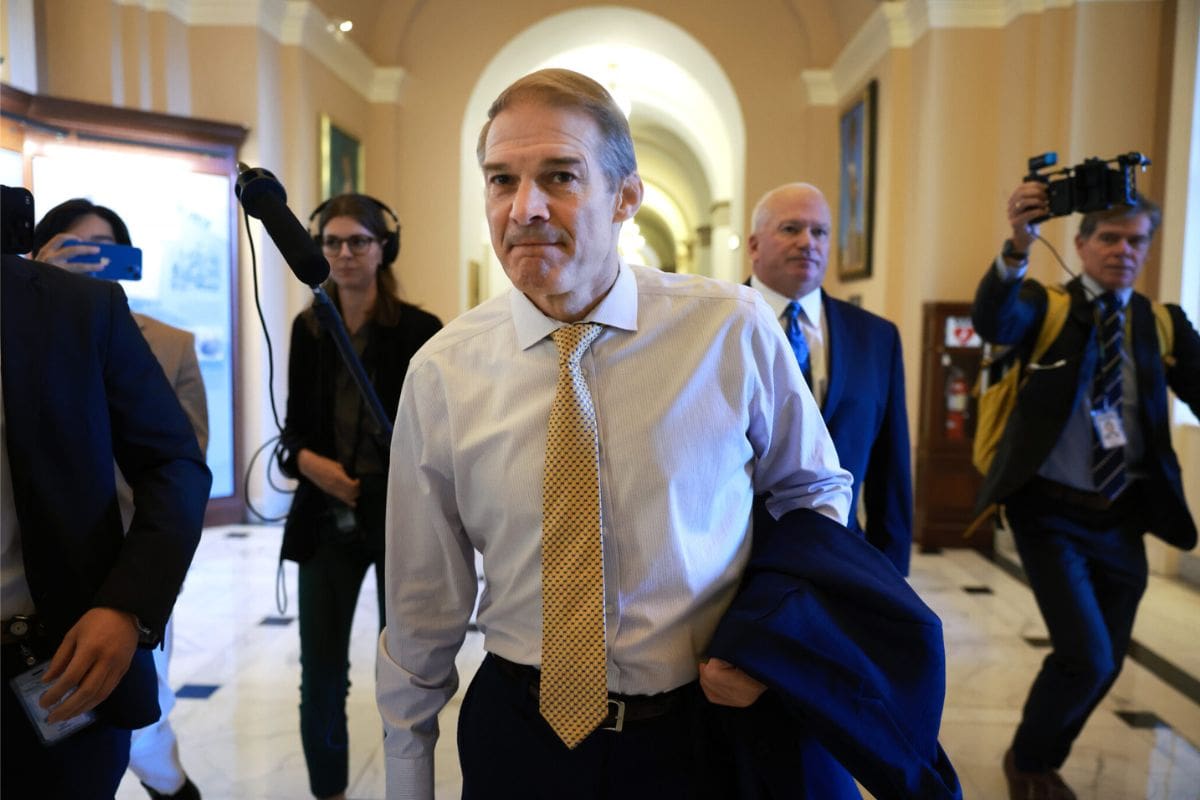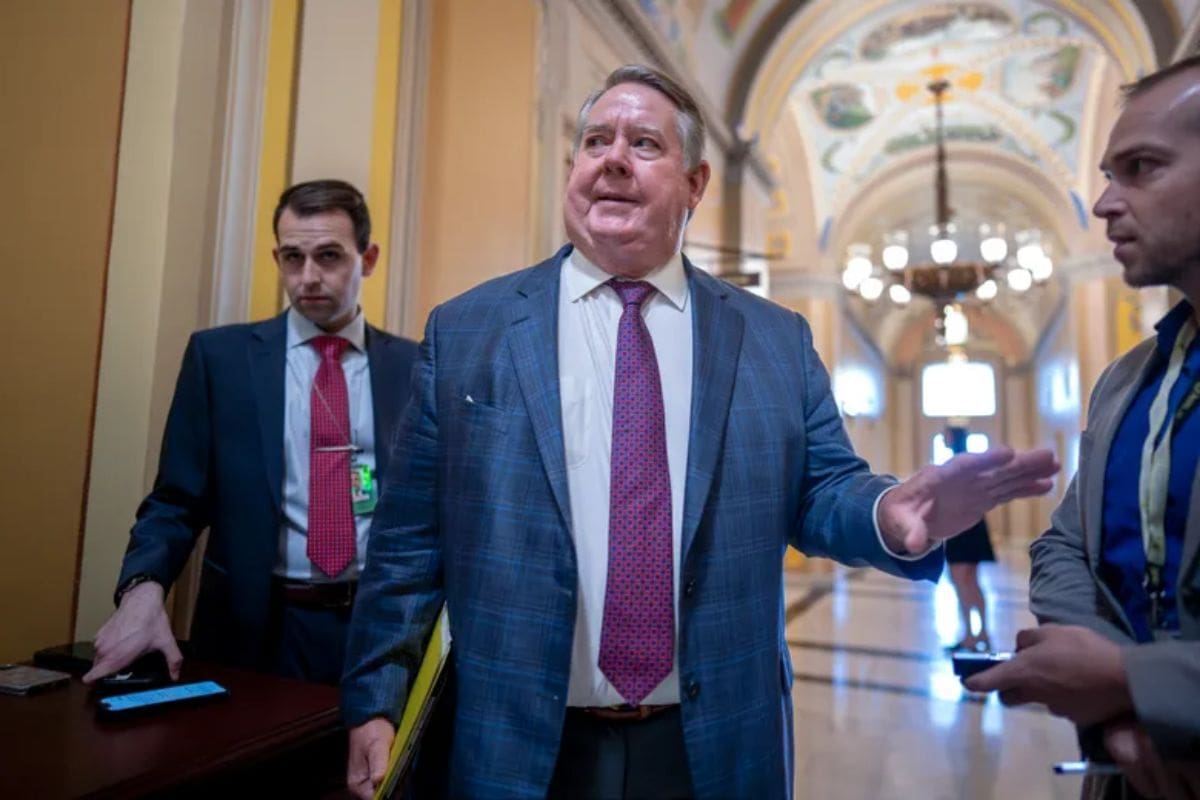California’s Swing Districts: In the ever-changing landscape of American politics, one state that has emerged as an unexpected battleground is California. With its diverse population and shifting demographics, the Golden State has become a crucial battleground for both Democrats and Republicans in their quest for control of the US House of Representatives.
As we look ahead to the year 2025, it is worth examining the swing districts in California and their potential impact on the race for the House majority. From Governor Newsom’s role in Democratic fundraising efforts to the key Republican-held districts and the competitive races they present, to the shifting dynamics in Orange County and the paradox of the Central Valley, there are numerous factors at play that will shape the outcome.
However, the challenges faced by incumbents and the broader electoral landscape add an element of uncertainty to the equation. The question of who will prevail and ultimately control the House remains tantalizingly unanswered, making the exploration of California’s swing districts an intriguing and vital topic to delve into.
Key Takeaways
- California’s swing districts play a crucial role in determining the majority party in the US House.
- Governor Gavin Newsom’s fundraising efforts are essential for Democrats to compete effectively in these contested races.
- Key Republican-held districts, such as the 27th, 25th, 21st, 10th, and 50th, are being targeted by Democrats to flip for a House majority.
- Orange County’s shifting dynamics and the Central Valley’s paradox highlight the ongoing battle between Republicans and Democrats, shaping the future of California’s swing districts.
Unexpected battleground status of California
Despite its predominantly Democratic political landscape, California has earned an unexpected battleground status in U.S. House contests, thanks to its unique dynamics and pockets of conservative strength. While California has long been considered a stronghold for Democrats, recent elections have shown that the state is not as solidly blue as it may seem.
Also Read: Governor Newsom State of Emergency Declared Amidst Southern California Storm
The presence of swing districts and conservative enclaves has created opportunities for Republicans to compete and potentially flip seats in the House. This unexpected battleground status has brought increased attention and campaign resources to the state, as both parties recognize the importance of securing victories in California.
With the balance of power in the House often hanging by a slim margin, these contested races in California could play a critical role in determining the majority party.
Governor Newsom’s Role and Democratic Fundraising Efforts
California’s unexpected battleground status in U.S. House contests has brought attention to Governor Gavin Newsom’s active involvement in fundraising for Democratic candidates. He emphasizes the importance of countering former President Donald Trump’s agenda and retaining control of the House. Newsom recognizes the potential repercussions of a Republican resurgence and believes that maintaining Democratic control is crucial in order to push back against Trump’s policies.
By actively participating in fundraising efforts, Newsom is playing a key role in supporting Democratic candidates in California’s swing districts. With his strong stance against Trump’s agenda, Newsom’s involvement serves to energize and unite Democrats, ensuring that they have the necessary resources to compete effectively in these contested races.
As the battle for control of the House intensifies, Newsom’s fundraising efforts become even more critical in shaping the political landscape of California and the country.
Key Republican-Held Districts and Competitive Races
Several key Republican-held districts in California are expected to be highly competitive in the upcoming races. One of these districts is the 27th District, represented by Republican Rep. Mike Garcia. Despite facing a Democratic registration advantage, Garcia has managed to win over voters with his conservative stance and military background.
Here are four key Republican-held districts to watch out for:
- 25th District: Currently represented by Republican Rep. Mike Garcia, this district includes parts of Los Angeles and Ventura counties. It has historically been a swing district and is expected to be fiercely contested in the next election.
- 21st District: Republican Rep. David Valadao represents this district, which covers parts of Fresno, Kern, Kings, and Tulare counties. Valadao narrowly won the seat in 2020, and Democrats will be looking to reclaim it in the upcoming race.
- 10th District: Republican Rep. Josh Harder currently holds this district, which encompasses parts of Stanislaus and San Joaquin counties. Harder won the seat in 2018 but faced a close race in 2020, making it a competitive district to watch.
- 50th District: Republican Rep. Darrell Issa represents this district, which includes parts of San Diego and Riverside counties. Issa won the seat in a special election in 2020, and Democrats will be targeting this district in their quest for a majority in the House.
Orange County’s Shifting Dynamics and Central Valley Paradox
Orange County’s evolving political landscape and the paradoxical dynamics of California’s Central Valley farm belt shed light on the shifting tides of Republican dominance and Democratic influence in the state. The 47th District in Orange County serves as a symbol of this political transformation, as it transitions from traditional Republican dominance to increased diversity and Democratic influence. The seat, previously held by Democratic Rep. Katie Porter, has become a target for Republicans. Meanwhile, the Central Valley farm belt presents a paradoxical situation, with significant Democratic registration edges coexisting with Republican-held districts. To better understand this complex political landscape, let’s take a look at the following table:
| County | District | Party |
|---|---|---|
| Orange | 47th | Republican |
| Central Valley | Various | Democratic |
This table highlights the contrasting political affiliations within Orange County and the Central Valley, illustrating the ongoing battle between Republicans and Democrats for control and influence in these areas. As the political landscape continues to evolve, it will be fascinating to see how these shifting dynamics shape the future of California’s swing districts and ultimately determine the majority in the US House of Representatives.
Challenges for Incumbents and Broader Electoral Landscape
Incumbents in California’s swing districts face a range of challenges that can significantly impact their reelection prospects. These challenges include changing demographics, partisan polarization, policy challenges, and competitive dynamics.
- Changing demographics: Swing districts often experience shifting demographics, with new residents bringing different political beliefs and priorities. Incumbents must navigate these changes and adapt their messaging to appeal to a broader base of voters.
- Partisan polarization: The political climate has become increasingly polarized, making it harder for incumbents to appeal to voters from both sides of the aisle. They must find ways to bridge the partisan divide and present themselves as effective representatives for all constituents.
- Policy challenges: Incumbents must address pressing policy issues such as immigration, housing, and inflation that directly impact their constituents. Failure to effectively address these issues can lead to voter dissatisfaction and diminished support.
- Competitive dynamics: Swing districts are often highly competitive, with strong challengers emerging in each election cycle. Incumbents must work hard to maintain their advantage and convince voters that they are the best choice for continued representation.
These challenges faced by incumbents in California’s swing districts have wider implications for the broader electoral landscape. The outcomes of these races can determine the balance of power in the US House of Representatives, shaping national policy and legislation. As swing districts become increasingly pivotal in deciding election outcomes, both major parties are likely to invest significant resources in these races, further intensifying the electoral landscape.
Conclusion Of California’s Swing Districts
In conclusion, the swing districts in California hold the key to determining the majority in the US House in 2025. Governor Newsom’s role and the Democratic fundraising efforts will play a crucial role in shaping the outcome of these competitive races.
Orange County’s shifting dynamics and the paradoxical nature of the Central Valley further add to the challenges faced by incumbents.
As we navigate the broader electoral landscape, it is evident that the outcome of these races will have significant implications for the future of California and the US House majority.
Our Reader’s Queries
How many US House of Representatives does California have?
Being the most populous U.S. state, California holds the highest representation in the United States House of Representatives, boasting a total of 52 Representatives.
How many districts are in California?
California is split into 52 Congressional districts.
Who are the 2 representatives of California?
As of December 31, 2023, California’s representation comprises 40 Democrats and 11 Republicans among its elected officials. The congressional districts and their respective representatives are as follows:
1. 1st district: Doug LaMalfa (R), serving since 2013.
2. 2nd district: Jared Huffman (D), in office since 2013.
3. 3rd district: Kevin Kiley (R), representing since 2023.
4. 4th district: Mike Thompson (D), holding the position since 1999.
What is the largest district in California by population?
The Central District of California encompasses seven counties: Los Angeles, Orange, Riverside, San Bernardino, San Luis Obispo, Santa Barbara, and Ventura. With a population exceeding 25 million residents, it stands as the most densely populated federal judicial district. Population breakdown by County.




